Home>Garden Essentials>How Many Colors Of Astro Turf Are There
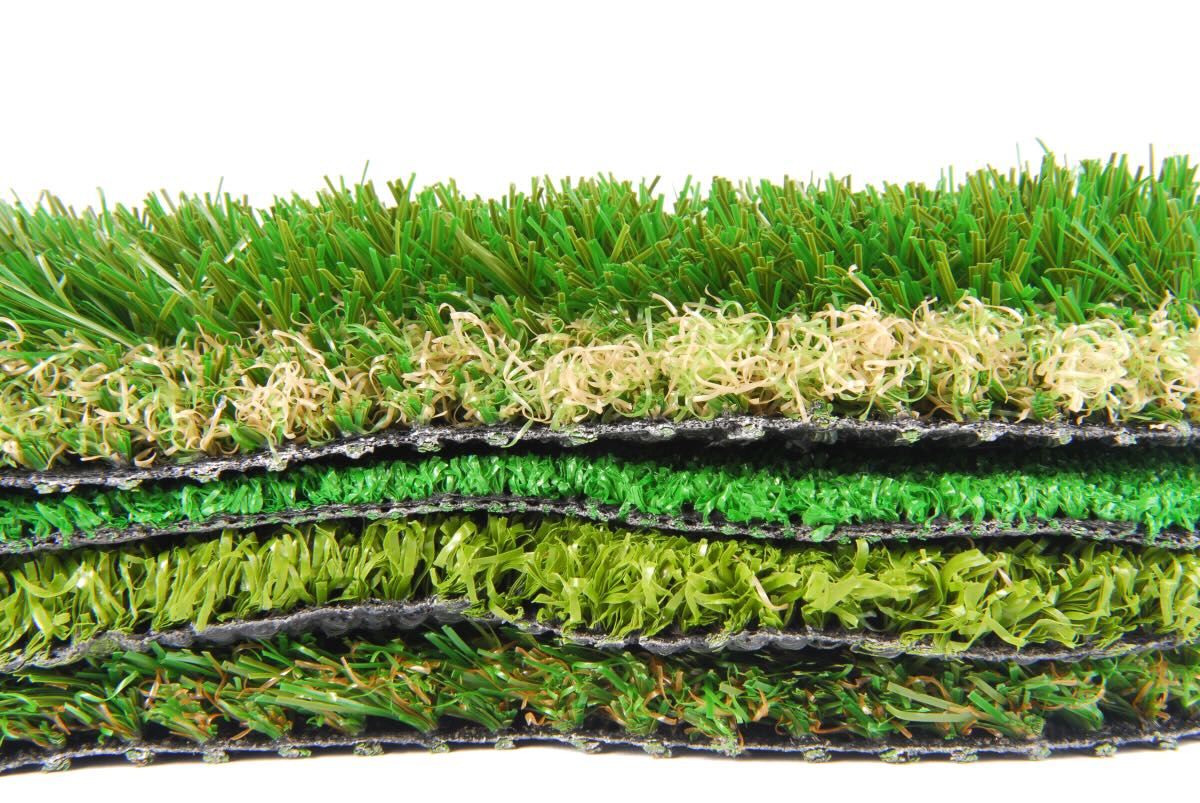

Garden Essentials
How Many Colors Of Astro Turf Are There
Modified: September 2, 2024
Discover the incredible variety of garden astro turf colors available. Create a vibrant outdoor oasis with our wide range of stunning options.
(Many of the links in this article redirect to a specific reviewed product. Your purchase of these products through affiliate links helps to generate commission for Storables.com, at no extra cost. Learn more)
Introduction
Astro Turf, also known as synthetic turf or artificial grass, has gained immense popularity in recent years. Its ability to provide a low-maintenance and visually appealing alternative to natural grass makes it a preferred choice for homeowners, businesses, and sports facilities. One of the key aspects that makes Astro Turf so versatile and customizable is the wide range of colors it is available in.
In this article, we will explore the different colors of Astro Turf and delve into the factors to consider when choosing the right color for your specific needs. We will also look at popular color combinations, trends in Astro Turf colors, and provide some examples of installations using various colors.
Astro Turf was first introduced in the 1960s as a solution to the high maintenance required for natural grass fields. Developed by chemists and engineers, it quickly gained popularity in sports applications, particularly in football stadiums. Over the years, advances in technology have made Astro Turf more realistic-looking and durable, expanding its use beyond sports fields to residential and commercial landscapes.
The manufacturing process of Astro Turf involves the use of synthetic fibers, typically made of polyethylene or polypropylene. These fibers are tufted into a backing material, which provides stability and support. The fibers are then coated with a mixture of sand and rubber granules, known as infill, to add cushioning and replicate the feel of natural grass. The infill also helps to weigh down and anchor the turf.
When it comes to color options, Astro Turf offers a wide range to suit various preferences and design aesthetics. From vibrant greens that mimic freshly cut grass to more unconventional choices like red, blue, or even purple, the possibilities are endless. The color options allow homeowners and businesses to customize their outdoor spaces to match their style and create a unique visual impact.
Choosing the right color for your Astro Turf installation involves considering several factors. One of the primary considerations is the intended use of the space. If you are installing Astro Turf for a sports field, you may opt for the classic green color to replicate the look of a natural grass field. However, if you are installing it in a residential or commercial setting, you may have more flexibility to explore different color options to complement the surrounding environment.
Key Takeaways:
- Astro Turf comes in a wide range of colors, from classic green to vibrant and unconventional shades, offering endless possibilities for visually stunning and low-maintenance outdoor spaces.
- Consider factors like intended use, surrounding environment, and personal preferences when choosing the color of Astro Turf to create a visually appealing and functional outdoor space.
Read more: How Was Astro Turf Named
History of Astro Turf
In the early 1960s, a team of researchers at the Monsanto Company developed the first synthetic grass, which would later be known as Astro Turf. The idea behind this invention was to provide a low-maintenance alternative to natural grass that could withstand heavy use and adverse weather conditions. The motivation for creating Astro Turf came from the need to address the challenges of maintaining natural grass fields, particularly in sports stadiums.
At the time, natural grass fields required regular mowing, watering, and fertilizing to keep them in optimal condition. This intensive maintenance regime posed challenges for sports venues, as it often led to inconsistent playing surfaces, increased injury risks, and limited playing time. The development of Astro Turf aimed to alleviate these issues and provide a reliable and durable playing surface.
In 1966, the Houston Astrodome, the world’s first domed stadium, opened its doors to the public. It was the perfect venue to showcase the potential of Astro Turf. The Astrodome’s retractable roof meant that natural grass could not grow, making it an ideal testing ground for the new artificial grass technology.
The initial versions of Astro Turf were made from nylon fibers, which were woven into a thick carpet-like material. Although it provided a consistent playing surface, it had its drawbacks. The rigid nylon fibers made it less forgiving on impact, increasing the risk of injuries. Additionally, the surface was prone to becoming hot, especially under direct sunlight, which made it uncomfortable for players and spectators.
Over the years, advancements in technology and improvements in materials led to the development of more realistic and safer versions of Astro Turf. The introduction of polyethylene and polypropylene fibers made the surface softer and more forgiving, reducing the risk of injuries. These fibers were tufted into a backing material, creating a more stable and durable playing surface.
Today, Astro Turf has evolved to closely resemble the look and feel of natural grass, and it is now widely used in a variety of applications. From sports fields and playgrounds to residential and commercial landscapes, Astro Turf has become a popular choice for those seeking a low-maintenance and visually appealing alternative to natural grass.
Not only has Astro Turf revolutionized the way we think about outdoor spaces, but it has also had a significant impact on sports. It has provided athletes with reliable and consistent playing surfaces, reducing the risk of injuries and enhancing performance. Moreover, the availability of Astro Turf has allowed sports to be played in regions with challenging climatic conditions, where natural grass may not thrive.
As technology continues to advance, we can expect further innovations in the field of artificial grass. From increased realism and improved durability to innovative color options, Astro Turf will continue to evolve, offering even more possibilities for creating stunning outdoor environments.
Manufacturing Process of Astro Turf
The manufacturing process of Astro Turf involves several steps to create a durable and realistic artificial grass surface. Each step contributes to the overall quality and performance of the final product. Here is an overview of the typical manufacturing process:
- Fiber Production: The first step in the manufacturing process involves the production of the synthetic fibers that make up the Astro Turf. These fibers are typically made of either polyethylene or polypropylene. The choice of material depends on factors such as durability, softness, and UV resistance. The fibers are extruded and then cut to the desired length.
- Backing Material: The next step is to prepare the backing material, which provides stability and support to the turf. The backing material is typically made of a geotextile fabric or a combination of woven and non-woven materials. This material is coated with a special adhesive to ensure the fibers are securely attached.
- Tufting: Tufting is the process of stitching the synthetic fibers into the backing material. A tufting machine is used to insert the fibers through the backing and form loops or blades. The density and height of the fibers can be customized depending on the desired appearance and performance of the turf.
- Infill: After tufting, the turf undergoes the infilling process. Infill is a mixture of sand and rubber granules that are evenly distributed onto the tufted surface. The purpose of the infill is to add cushioning, support the fibers, and replicate the feel of natural grass. The infill also helps to weigh down and stabilize the turf.
- Compaction and Trimming: Once the infill is applied, the turf is mechanically compacted to ensure proper distribution of the infill material. This step helps to enhance the stability and performance of the turf. Any excess fibers or uneven areas are trimmed and leveled to achieve a consistent and aesthetically pleasing surface.
- Quality Control: Throughout the manufacturing process, rigorous quality control checks are performed to ensure that the Astro Turf meets specific standards. These checks include testing the fiber strength, tuft bind, tuft gauge, and overall appearance. Only turf that passes these quality control checks is deemed suitable for installation.
- Rolling and Packaging: The final step involves rolling the Astro Turf into large rolls and packaging it for transportation. The rolls are carefully wrapped and labeled, ready to be shipped to various destinations. Proper packaging ensures that the turf arrives in optimal condition and is easy to handle during installation.
The manufacturing process of Astro Turf requires precision and attention to detail to create a high-quality and long-lasting product. Advances in technology have made it possible to produce Astro Turf that closely resembles the look and feel of natural grass, providing a versatile and aesthetically pleasing alternative for a wide range of applications.
It’s important to note that while Astro Turf offers numerous advantages, it also requires proper installation and regular maintenance to ensure its longevity and performance. Following manufacturer guidelines for installation, brushing, and infill maintenance is crucial to maximize the lifespan of the turf and ensure a consistently attractive appearance.
Available Color Options for Astro Turf
Gone are the days when Astro Turf was limited to various shades of green. Today, there is a wide range of color options available for Astro Turf, allowing homeowners, businesses, and sports facilities to create unique and visually appealing landscapes. Whether you prefer a natural look or want to make a bold statement, there is an Astro Turf color to suit every style and preference.
Green shades: Traditional green is still the most popular color choice for Astro Turf, as it closely mimics the appearance of natural grass. From deep forest greens to lighter shades, there are options to suit different preferences and landscape designs. Green Astro Turf creates a fresh and inviting outdoor environment, making it ideal for residential lawns, parks, and sports fields.
Earth tones: If you prefer a more subdued and natural look, earth-toned Astro Turf is an excellent option. These colors mimic the various shades of soil and dirt and can create a harmonious blend with the surrounding environment. Earth tones like brown, tan, and beige are versatile and work well in both residential and commercial settings.
Multi-tone blends: For those who want to add dimension and visual interest to their outdoor spaces, multi-tone blends are a popular choice. These blends consist of different shades of green, brown, and tan, creating a realistic and textured appearance. Multi-tone blends replicate the natural variations found in real grass and lend a more authentic look to the landscape.
Colorful options: Astro Turf is not limited to natural colors. In recent years, manufacturers have introduced a variety of vibrant and unconventional color options for those looking to make a statement. Colors like red, blue, yellow, and even purple can add a playful and whimsical touch to any space. These colorful options are often used in commercial settings, children’s play areas, or to create eye-catching designs.
Custom colors: In addition to the standard color options available, some manufacturers offer the option of customizing the color of the Astro Turf. This allows you to match specific design requirements or reflect the branding of a business or sports team. Custom colors give you the freedom to create a truly unique and personalized outdoor space.
When selecting the color of your Astro Turf, it is important to consider the overall design aesthetic, the surrounding environment, and the intended use of the space. For example, if you want a more natural and timeless look, green or earth-toned Astro Turf might be the best choice. On the other hand, if you want to create a vibrant and eye-catching display, opting for colorful or multi-tone blends could be more suitable.
It’s also essential to consider how the color of the Astro Turf will interact with the other elements in your outdoor space, such as landscaping, furniture, and architecture. A well-coordinated color scheme can enhance the overall visual appeal and create a cohesive and inviting environment.
When selecting the color of your Astro Turf, it is advisable to request samples or consult with a professional to see how the color will look in different lighting conditions and against your existing design elements. They can provide expert advice and help you make an informed decision based on your specific preferences and requirements.
With the wide range of color options available, Astro Turf allows you to bring your vision to life and create a vibrant, visually stunning, and low-maintenance outdoor space.
Factors to Consider when Choosing Astro Turf Colors
Choosing the right color for your Astro Turf installation is an important decision that can significantly impact the overall aesthetic appeal and functionality of your outdoor space. Here are some key factors to consider when selecting Astro Turf colors:
- Intended Use: The primary factor to consider is the intended use of the space. If you are installing Astro Turf for a sports field or playground, you may want to opt for traditional green colors to mimic the look of natural grass. Green is also a calming color that helps with focus and concentration, making it ideal for sports activities. On the other hand, if the turf is for a commercial area or residential landscape, you may have more flexibility to choose colors that match the overall design aesthetic.
- Surrounding Environment: Consider the surrounding environment where the Astro Turf will be installed. Take into account the colors of the buildings, landscapes, and other elements. You can choose colors that complement or contrast with the surroundings to achieve the desired visual effect. For example, if the surrounding environment has a lot of greenery, you may want to select a color that blends seamlessly or adds a contrasting pop.
- Climate: Climate plays a significant role in determining the color of Astro Turf. In regions with long periods of intense sunlight, dark colors can absorb heat and become uncomfortably hot. On the other hand, lighter colors reflect more heat and tend to stay cooler. Consider the climate of your location and choose a color that will enhance the comfort of the space.
- Maintenance: Different colors of Astro Turf may require varying levels of maintenance. Lighter colors may show dirt, debris, and stains more easily and may require more frequent cleaning. Darker colors, on the other hand, can hide dirt and stains but may require more effort to keep them cool in hot climates. Consider your willingness and ability to maintain the chosen color and choose accordingly.
- Personal Preference: Ultimately, personal preference plays a significant role in selecting Astro Turf colors. Choose colors that resonate with your taste and style. Consider the emotions that different colors evoke and opt for colors that create the desired mood for your outdoor space.
It is also worth noting that some manufacturers offer color customization options, allowing you to create a truly unique and personalized Astro Turf installation. This can be an excellent opportunity to incorporate specific branding or design elements into your outdoor space.
When choosing the color for your Astro Turf, it is advisable to obtain samples and view them in various lighting conditions and against different backgrounds. This will provide a better understanding of how the color will look in your specific environment.
By considering these factors and taking the time to choose the right color, you can ensure that your Astro Turf installation not only looks visually appealing but also enhances the functionality and enjoyment of your outdoor space.
Astro turf comes in a variety of colors, including green, blue, red, and even custom colors. When choosing a color, consider the environment and how it will complement the surrounding area.
Read more: How To Cut Astro Turf
Popular Color Combinations for Astro Turf
When it comes to Astro Turf, there are several popular color combinations that can create striking and visually appealing outdoor spaces. These combinations allow you to play with colors, textures, and patterns, resulting in unique and eye-catching designs. Here are some popular color combinations for Astro Turf:
- Classic Green and Earth Tones: One of the most timeless and popular color combinations is the pairing of classic green Astro Turf with earth tones. By combining shades of green with browns, tans, and beiges, you can create a natural and harmonious look that blends seamlessly into the surrounding environment. This combination is versatile and works well in residential landscapes and commercial settings alike.
- Multi-Tone Blends: Multi-tone blends are another popular choice for Astro Turf. These blends consist of different shades of green, brown, and tan, creating a realistic and textured appearance. The variations in color mimic the natural variations found in real grass and add depth and visual interest to the turf. Multi-tone blends are an excellent option for those who seek a more authentic and visually dynamic outdoor environment.
- Contrasting Colors: For a bolder and more dramatic look, consider opting for contrasting color combinations. This could involve pairing bright and vibrant colors like red or blue with a neutral backdrop. The contrasting colors create a visually striking contrast, adding a contemporary and energetic vibe to the space. Contrasting colors are often used in commercial areas, sports facilities, or areas where you want to make a statement.
- Monochromatic Schemes: Monochromatic color schemes involve using different shades of the same color to create a cohesive and sophisticated look. For example, you can choose different shades of green Astro Turf to create depth and dimension while maintaining a unified color palette. Monochromatic color schemes work well in modern and minimalistic designs, where simplicity and harmony are key.
- Customized Branding: Some businesses and sports teams choose to customize the color combinations of Astro Turf to reflect their branding. This can involve incorporating team colors or company logos into the design. Customized branding adds a personal touch and creates a cohesive look that aligns with the overall brand image.
When selecting a color combination for your Astro Turf, it is essential to consider the overall design aesthetic, the surrounding environment, and the intended use of the space. The color combination should enhance the visual appeal of the outdoor area and create a cohesive and inviting atmosphere.
It is advisable to consult with a professional or obtain samples to visualize how the chosen color combinations will look in your specific environment. This will give you a better understanding of how the colors interact with each other and the surrounding elements.
By incorporating popular color combinations, you can transform your outdoor space into a visually stunning and unique area that stands out from the crowd.
Trends in Astro Turf Colors
Astro Turf has evolved significantly over the years, offering a range of colors that goes beyond traditional green. As outdoor design trends continue to evolve, so do the color preferences for Astro Turf. Here are some of the latest trends in Astro Turf colors:
- Natural and Earthy Tones: While bold and vibrant colors have their place, there is a growing trend towards more natural and earthy tones. Shades of green, brown, and tan continue to be popular choices as they blend seamlessly with the surrounding environment and create a calming and soothing atmosphere. These natural tones are versatile and work well in various design styles, from rustic to contemporary.
- High Variation Multi-Tone Blends: Multi-tone blends with high color variation have become increasingly popular. These blends incorporate a mix of greens, browns, and tans with a greater range of shades and variations. The result is a more realistic and textured appearance that closely mimics the natural variations found in real grass. High variation multi-tone blends add depth and visual interest to the Astro Turf, creating a visually dynamic and dynamic outdoor space.
- Contrasting Accents: Adding contrasting accents to Astro Turf has emerged as a popular trend. This involves incorporating small areas or patterns of bold and vibrant colors, such as red, blue, or yellow, against a neutral backdrop. These contrasting accents create focal points and add visual interest to the turf, making it a standout feature in the outdoor space. Contrasting accent colors are often used in contemporary and modern designs.
- Muted and Pastel Colors: A trend that has gained popularity in recent years is the use of muted and pastel colors for Astro Turf. Soft shades of pink, blue, and lavender can create a delicate and dreamy outdoor environment. Muted and pastel colors add a touch of elegance and create a soothing ambiance, making them ideal for residential landscapes, outdoor lounges, and relaxation areas.
- Custom Color Combinations: Another trend is the desire for custom color combinations that reflect personal style and design preferences. This trend allows individuals and businesses to select unique combinations that suit their specific needs and create a personalized outdoor space. Custom color combinations often involve matching Astro Turf with existing design elements, such as furniture, landscaping, or architectural features, to create a cohesive and harmonious overall aesthetic.
As with any design trend, it is important to consider factors such as personal preference, the surrounding environment, and the intended use of the space when selecting Astro Turf colors. It can be helpful to consult with design professionals or manufacturers who can provide insights and recommendations based on the latest trends and industry expertise.
Ultimately, the goal is to create an outdoor space that is visually stunning, functional, and reflects your individual style and taste. By staying informed about the latest trends in Astro Turf colors, you can make choices that elevate your outdoor space and make a lasting impression.
Examples of Astro Turf Installations in Various Colors
Astro Turf installations come in a variety of colors, allowing for endless possibilities in creating unique and visually appealing outdoor spaces. Here are some examples of Astro Turf installations in different colors:
- Classic Green: The timeless and ever-popular choice, classic green Astro Turf installations can be seen in residential lawns, parks, and sports fields. From deep emerald greens to more vibrant shades, classic green Astro Turf replicates the look of natural grass and creates a fresh and inviting environment. With its versatility and ability to withstand heavy use, classic green Astro Turf is a popular choice for active outdoor spaces.
- Earth Tones: Astro Turf installations in earth tones like brown, tan, and beige create a natural and organic look that blends harmoniously with the surrounding environment. These colors are often chosen for residential gardens, outdoor seating areas, and commercial landscapes. Earth-toned Astro Turf installs offer a more subdued and relaxed ambiance while still providing all the benefits of low maintenance and durability.
- Multi-Tone Blends: Multi-tone blends combine different shades of green, brown, and tan to create a realistic and textured appearance. These Astro Turf installations mimic the variations found in natural grass, providing a visually dynamic and authentic look. Multi-tone blends are commonly used in residential lawns, golf courses, and high-end outdoor spaces where a lush and natural aesthetic is desired with added depth and visual interest.
- Contrasting Colors: For a bold and contemporary look, Astro Turf installations in contrasting colors create a visually striking impact. This can involve using vibrant colors like red, blue, or yellow against a neutral background. Contrasting colors are often seen in urban landscapes, rooftop gardens, and commercial settings where a vibrant and energetic atmosphere is desired. These installations make a powerful design statement and create a visually captivating outdoor space.
- Muted and Pastel Shades: Astro Turf installations in muted and pastel shades like pink, blue, and lavender are becoming increasingly popular, particularly in residential landscapes and relaxation areas. These soft and delicate colors create an atmosphere of serenity and tranquility, making them perfect for outdoor lounges, meditation gardens, and spa-like environments. Muted and pastel Astro Turf adds a touch of elegance and sophistication to any outdoor space.
- Customized Color Combinations: Customized color combinations are a great way to create a truly unique and personalized Astro Turf installation. For businesses or sports teams, customizing the Astro Turf colors allows for incorporating team colors or company branding into the design. Custom color combinations are also favored by homeowners who want to match the Astro Turf with their existing design elements, such as furniture or architectural features, creating a cohesive and visually striking outdoor space.
These examples illustrate the versatility and creative potential of Astro Turf installations in various colors. Whether you opt for traditional green, earth tones, multi-tone blends, contrasting colors, muted shades, or customized combinations, Astro Turf provides the ability to transform any outdoor area into a visually stunning and functional space.
When considering the color of your Astro Turf installation, remember to take into account factors such as the surrounding environment, intended use, personal preferences, and design aesthetics. By carefully selecting the color, you can create an outdoor space that reflects your style and enhances the overall visual appeal of your property.
Conclusion
Astro Turf has come a long way since its inception, offering a wide range of colors that cater to diverse design preferences and landscaping needs. From classic green to vibrant and unconventional shades, the color options for Astro Turf installations provide endless possibilities for creating visually stunning and low-maintenance outdoor spaces.
The history of Astro Turf showcases its evolution from a practical solution for sports fields to a versatile and customizable landscaping option for residential and commercial areas. Advancements in technology have contributed to the development of Astro Turf that closely resembles the look and feel of natural grass while offering enhanced durability and versatility.
The manufacturing process of Astro Turf involves careful attention to detail, from the production of synthetic fibers to the tufting and infilling stages. Quality control checks ensure that the Astro Turf meets the necessary standards, ensuring a long-lasting and high-performance product.
When choosing the color of Astro Turf, it is important to consider factors such as the intended use of the space, the surrounding environment, climate, maintenance requirements, and personal preferences. Classic green remains a popular choice, but there is a growing trend towards earth-toned options, multi-tone blends for added realism, contrasting accent colors for a bold statement, and even customized color combinations to reflect individual style and branding.
It is worth staying up-to-date with the latest trends in Astro Turf colors. Natural and earthy tones continue to be favored, as they blend seamlessly with outdoor environments. Multi-tone blends with high color variation add depth and interest, while contrasting colors create a visually striking impact. Muted and pastel shades provide a serene and elegant ambiance, while customizable colors allow for personalization and creativity.
Examples of Astro Turf installations in various colors illustrate the versatility and appeal of different color choices. From classic green lawns to vibrant playgrounds, Astro Turf installations can transform any outdoor area into a visually stunning and low-maintenance space.
In conclusion, the availability of a wide range of colors for Astro Turf allows homeowners, businesses, and sports facilities to create unique and visually captivating outdoor spaces. The color selection should consider various factors, such as the intended use of the area, the surrounding environment, personal preferences, and maintenance requirements. By carefully choosing the right color, you can enhance the aesthetic appeal and functionality of your outdoor space, creating an inviting and beautiful environment for years to come.
Frequently Asked Questions about How Many Colors Of Astro Turf Are There
Was this page helpful?
At Storables.com, we guarantee accurate and reliable information. Our content, validated by Expert Board Contributors, is crafted following stringent Editorial Policies. We're committed to providing you with well-researched, expert-backed insights for all your informational needs.
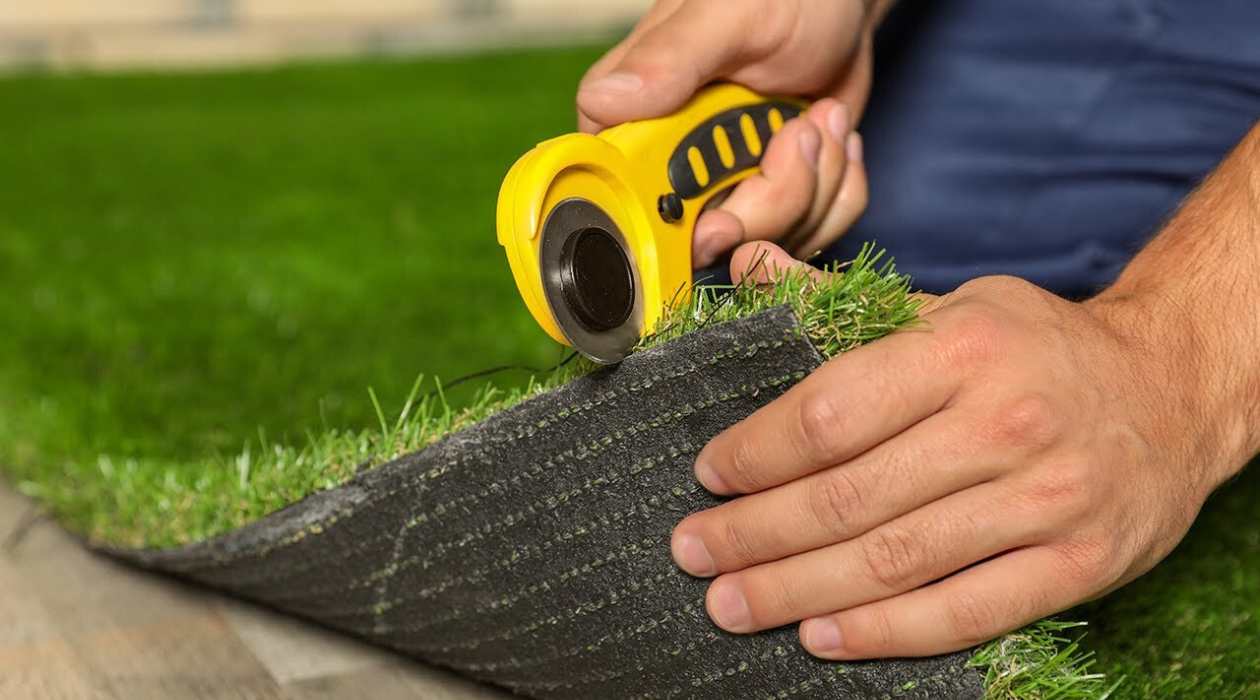
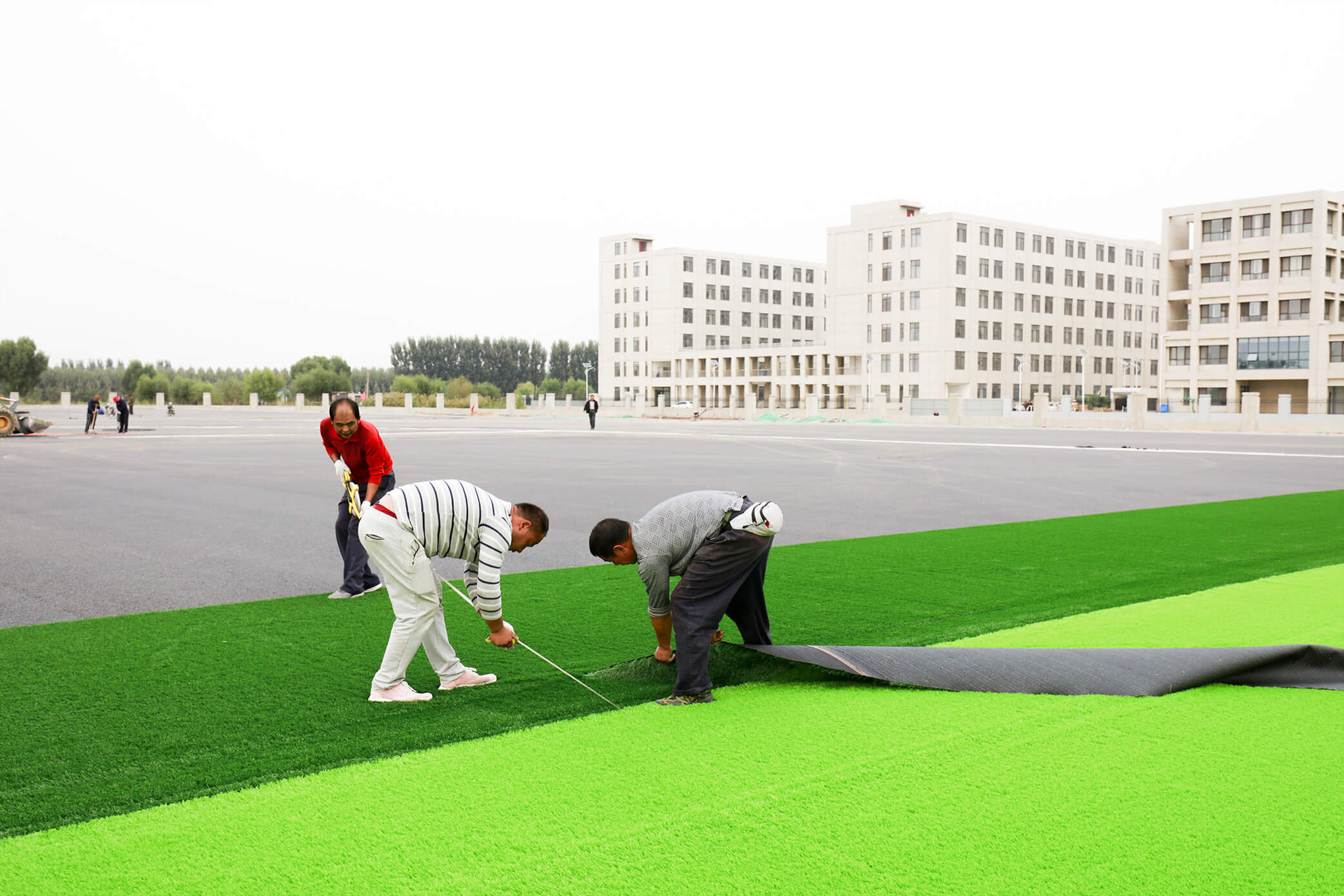
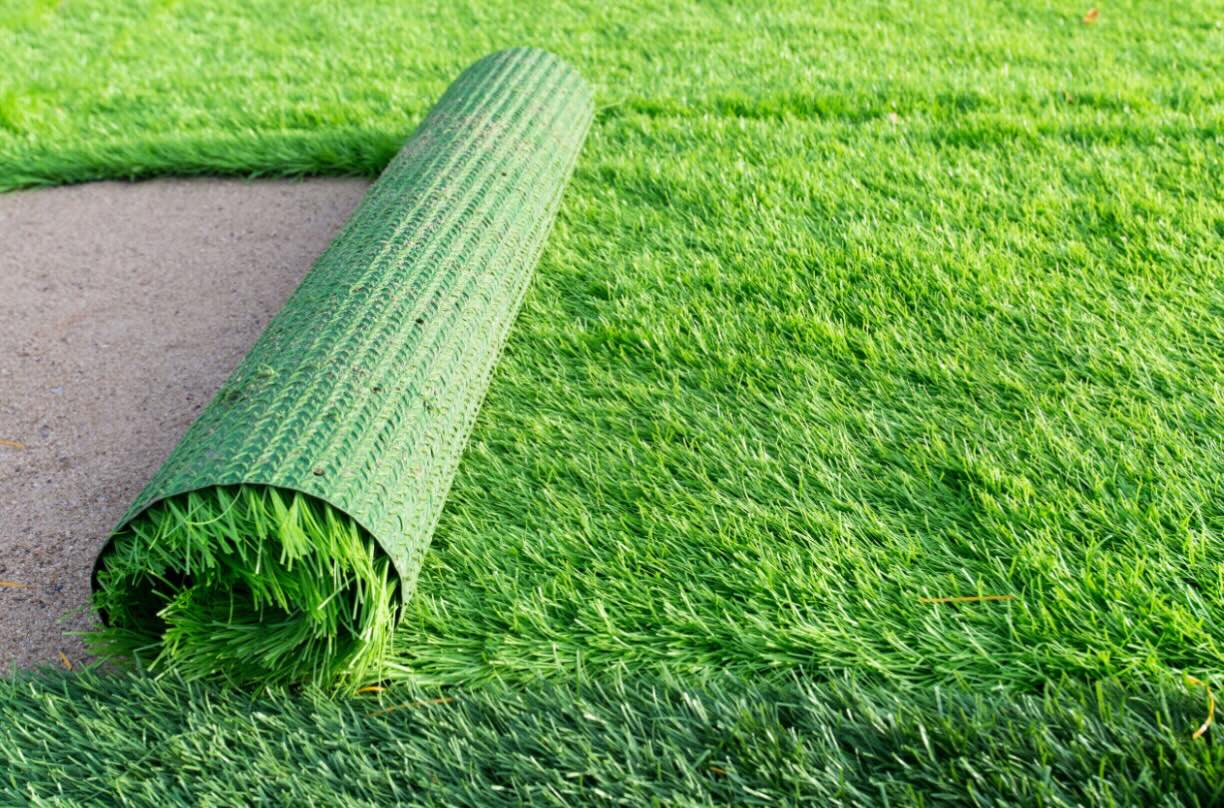
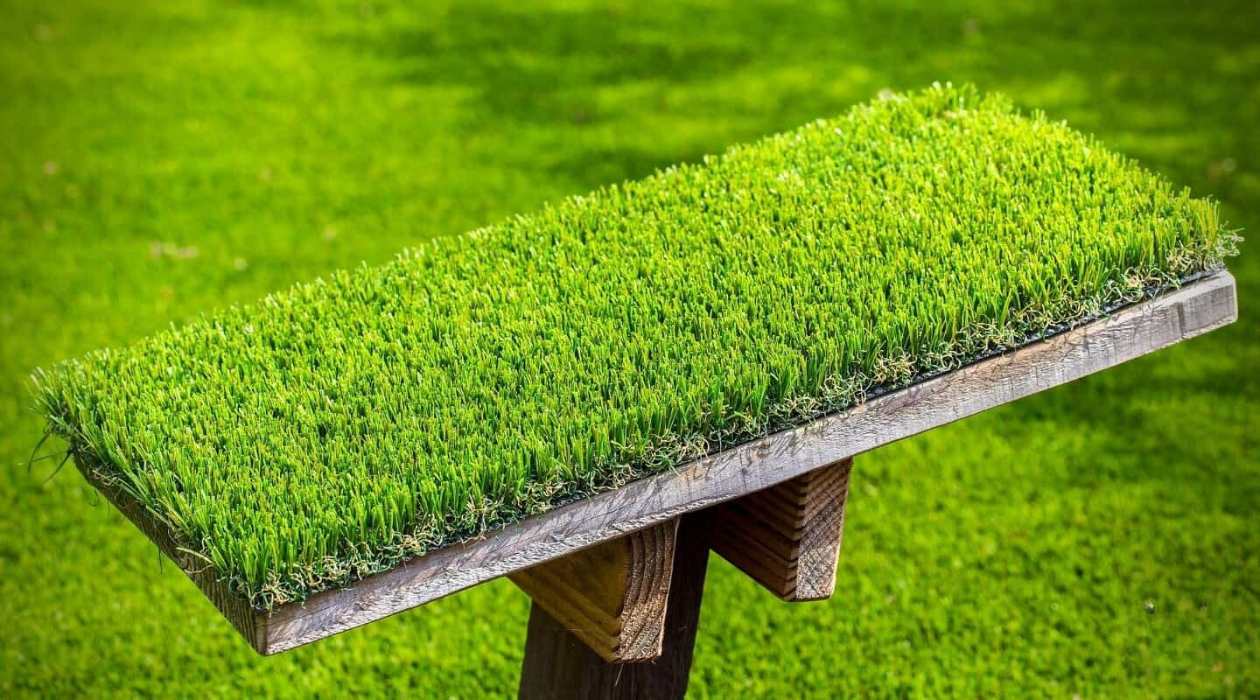
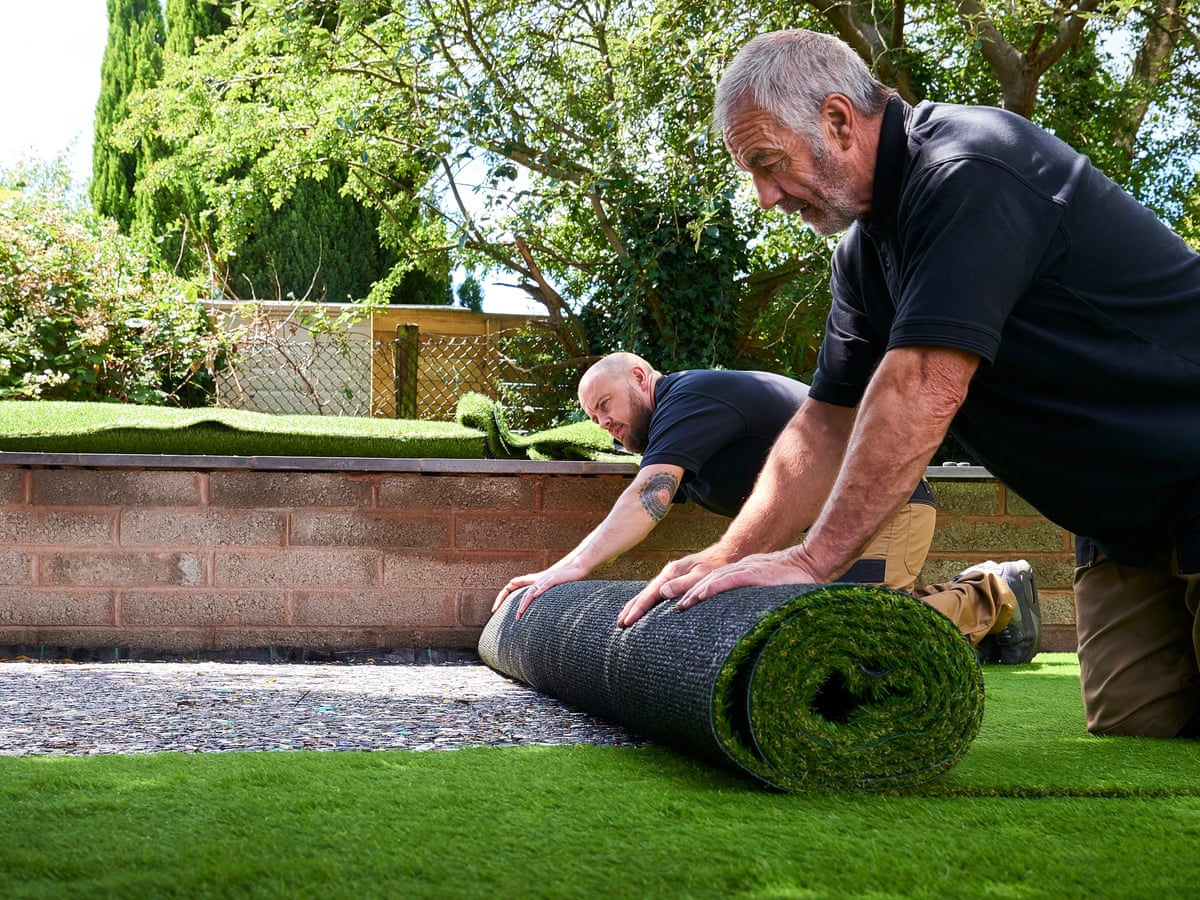
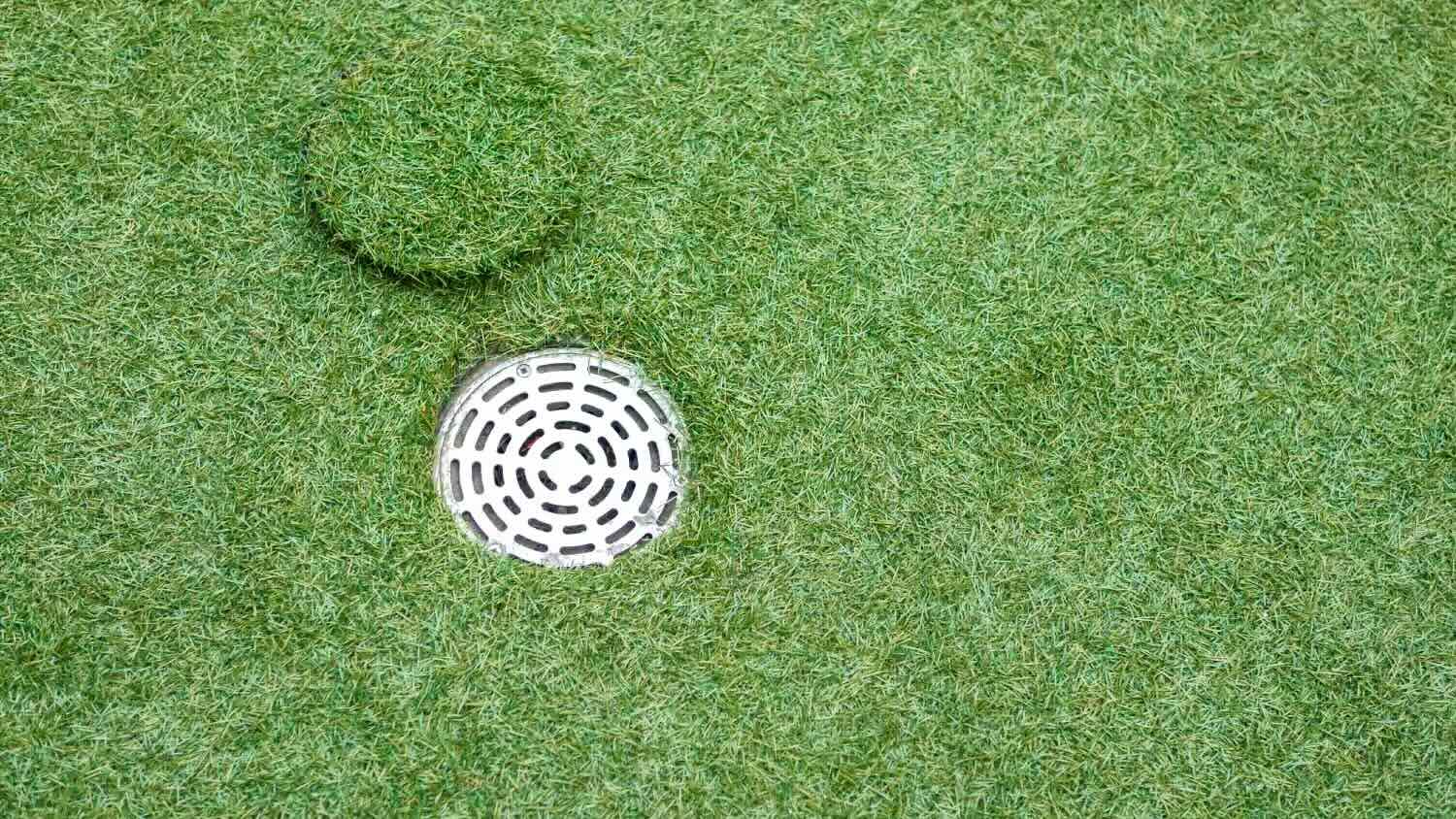
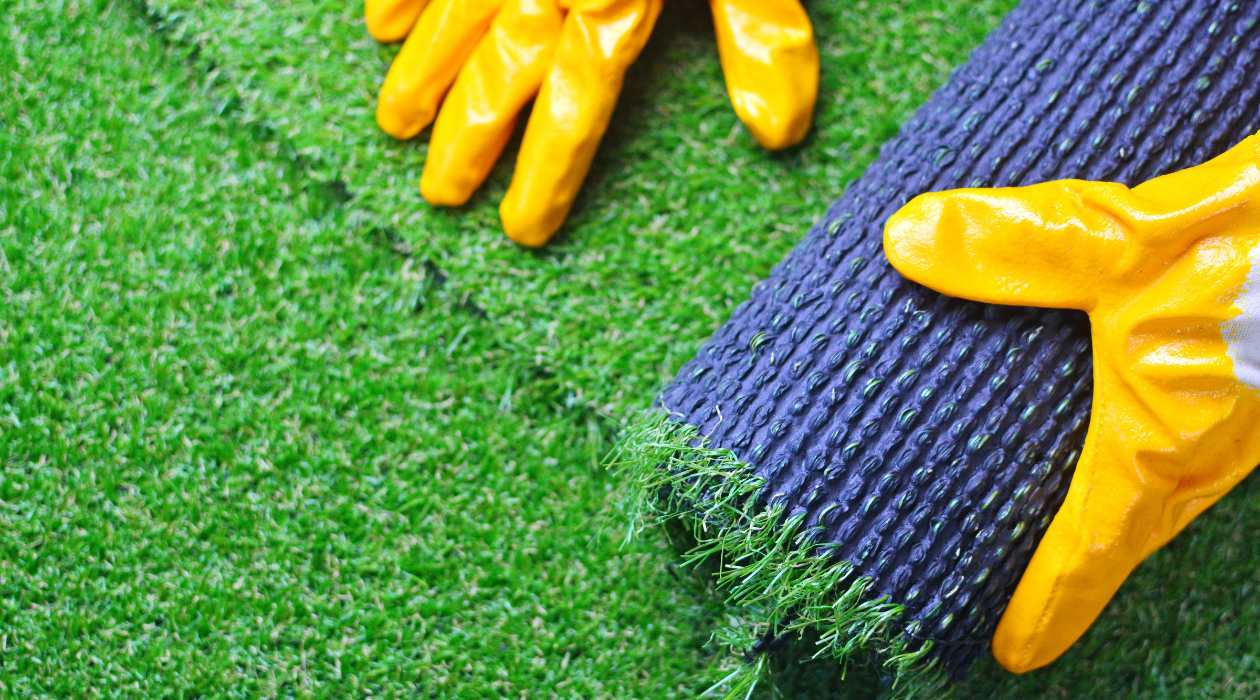
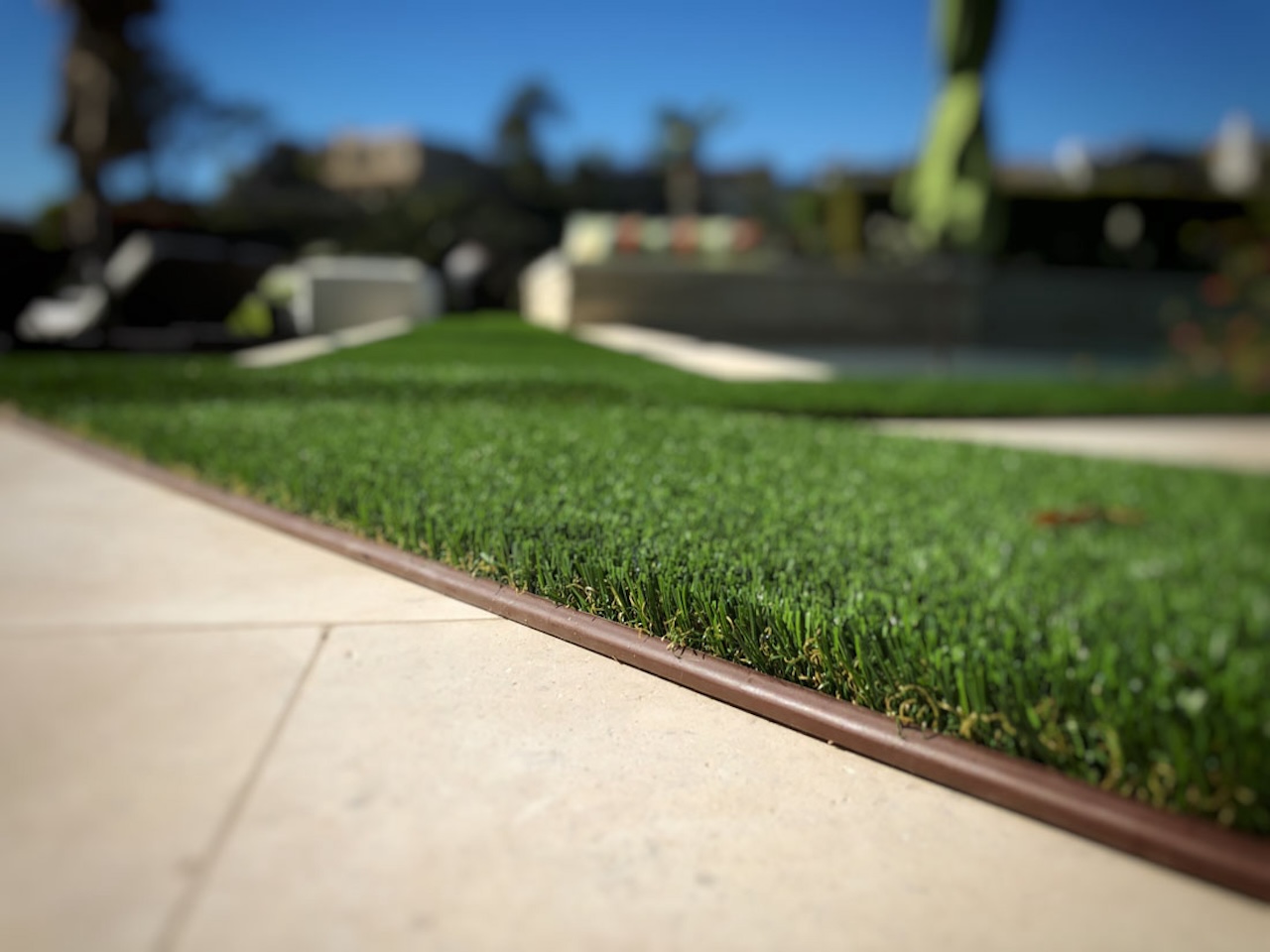
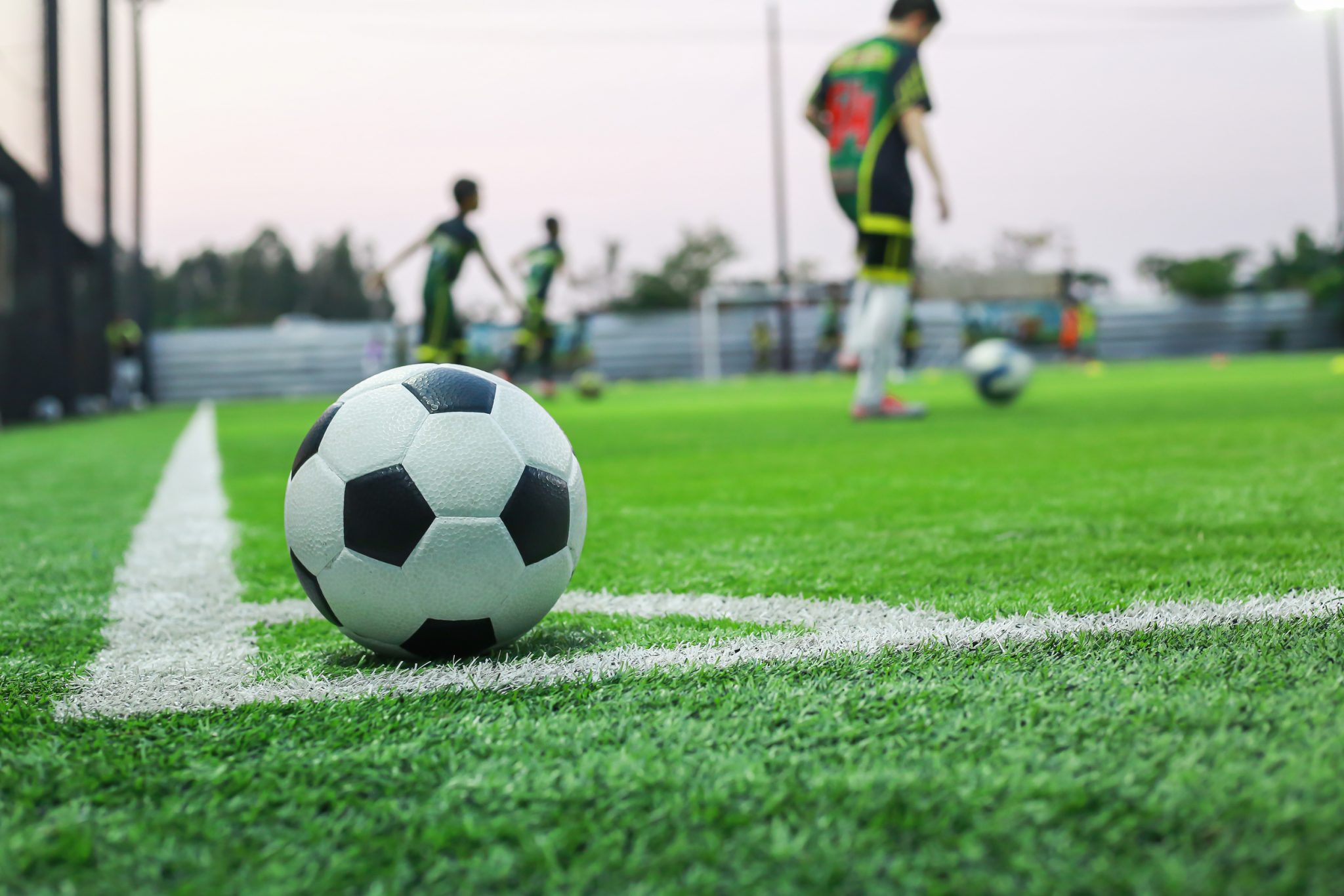
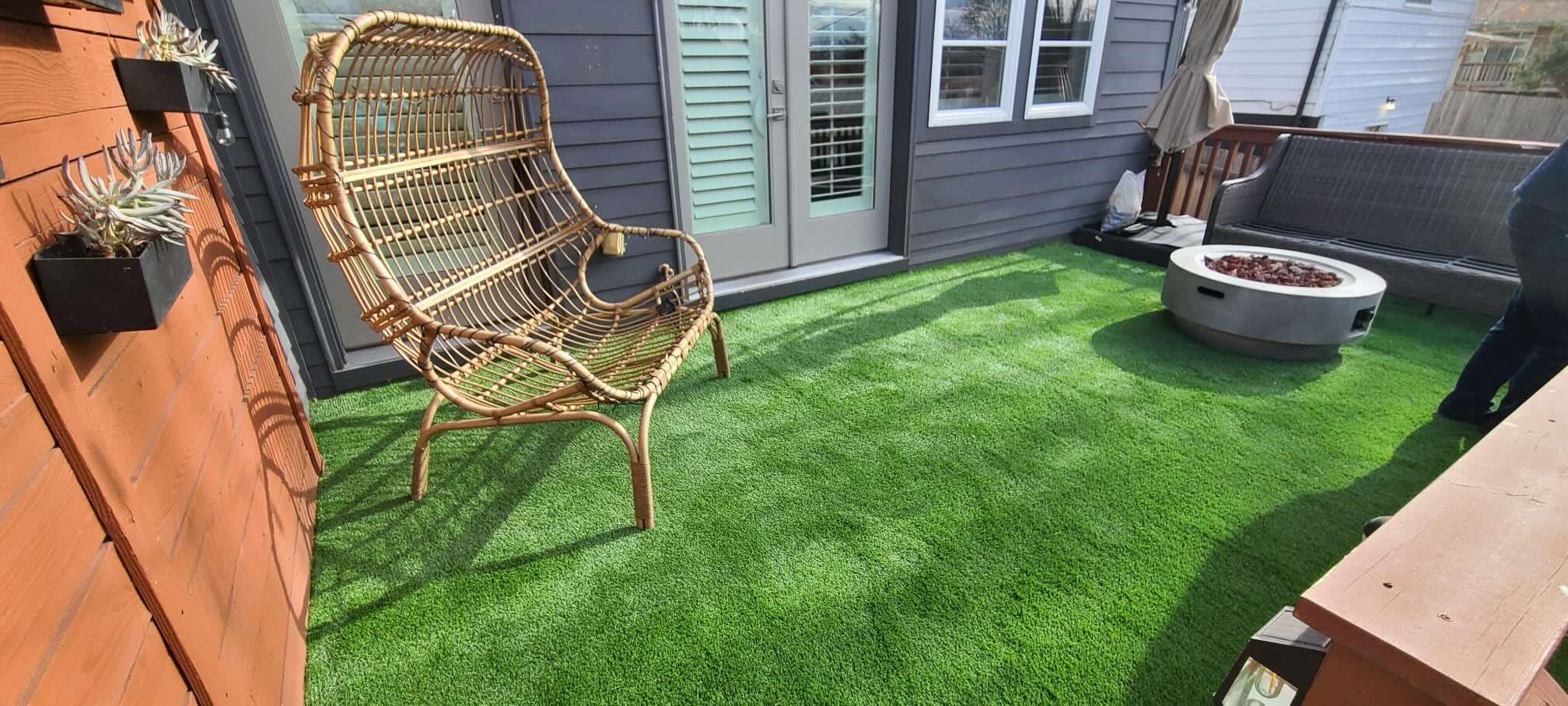
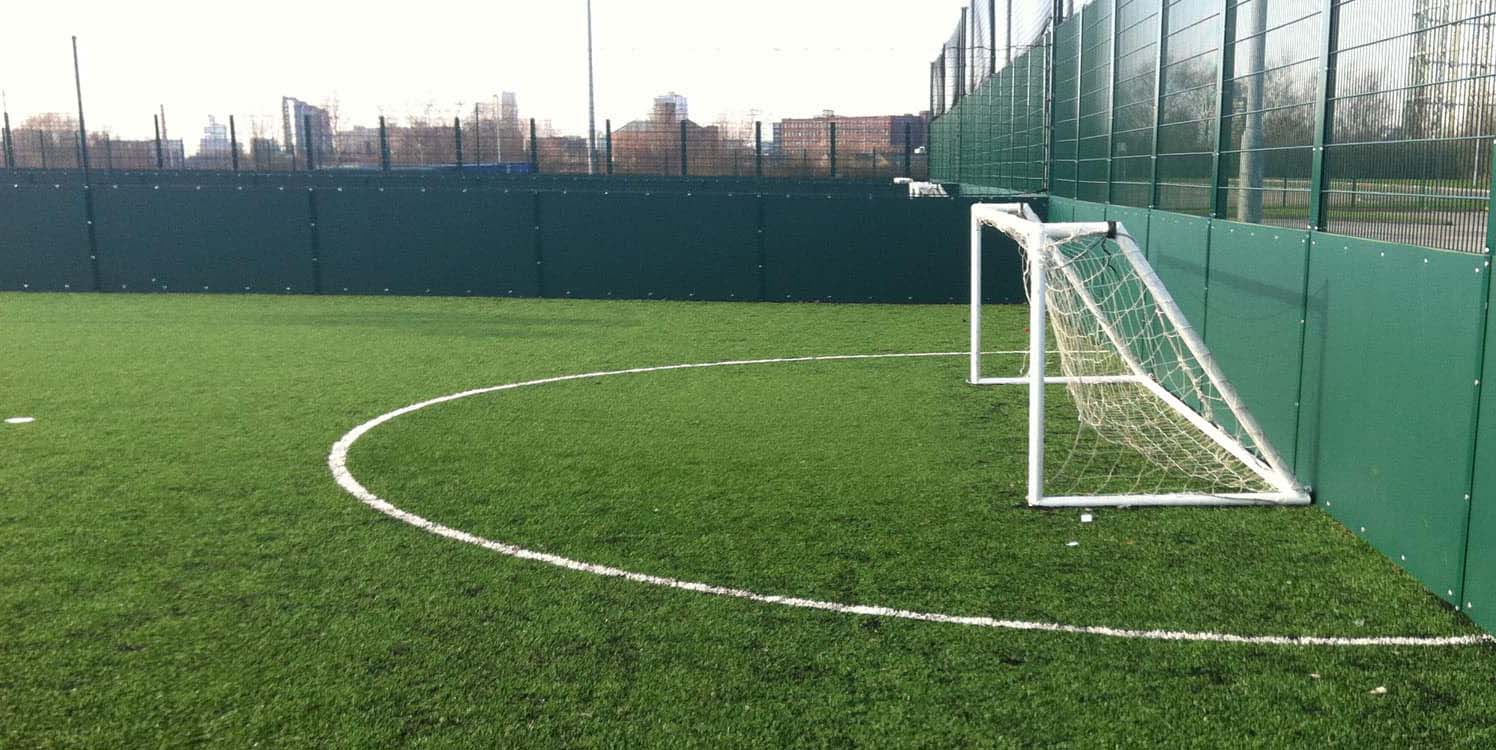
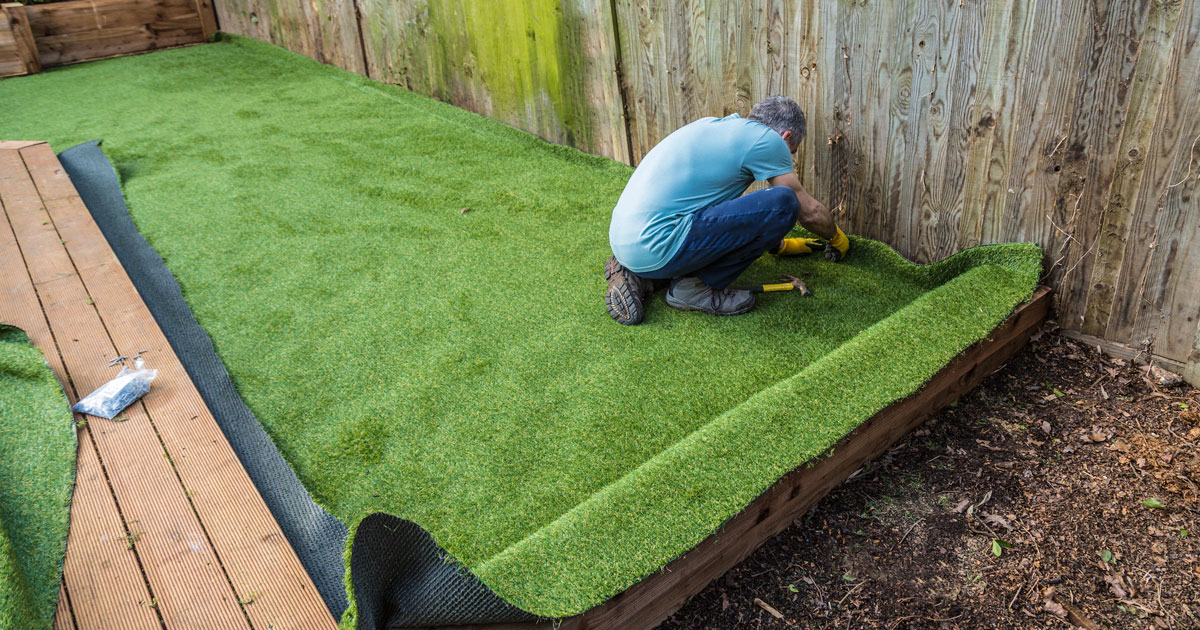
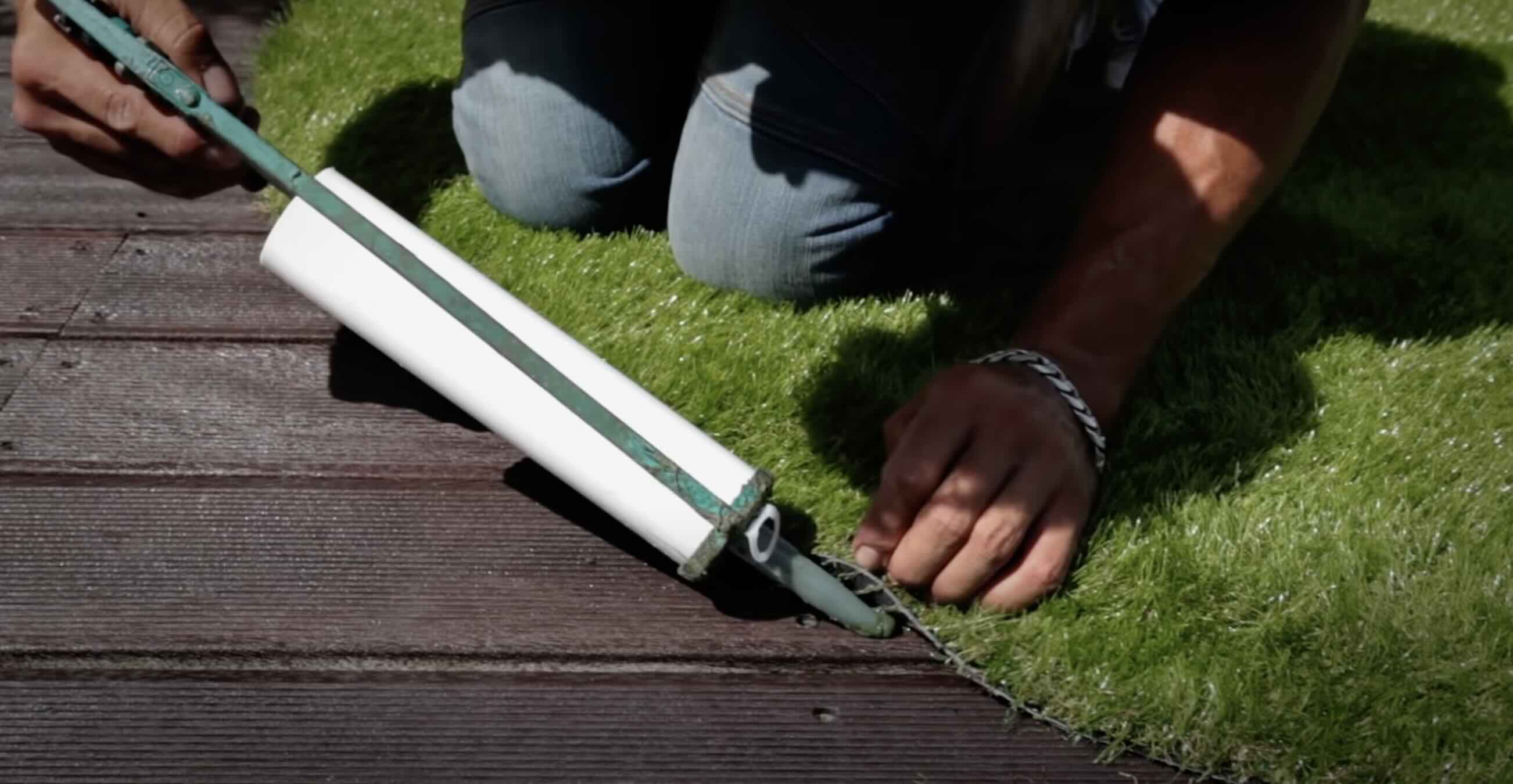
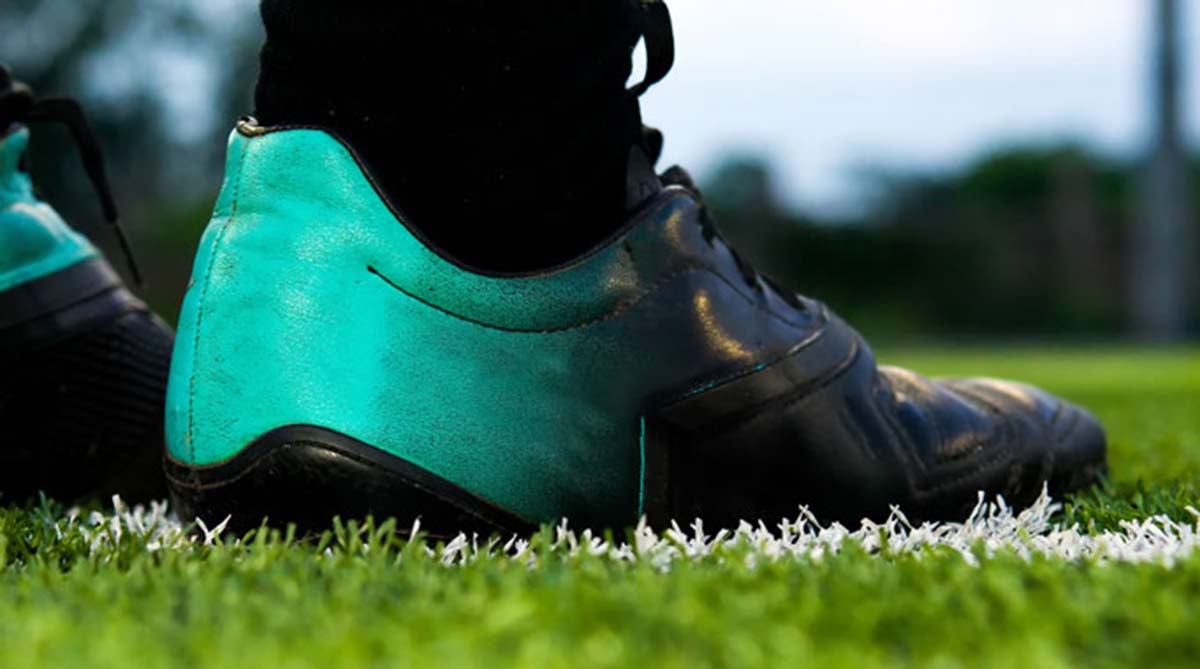

0 thoughts on “How Many Colors Of Astro Turf Are There”